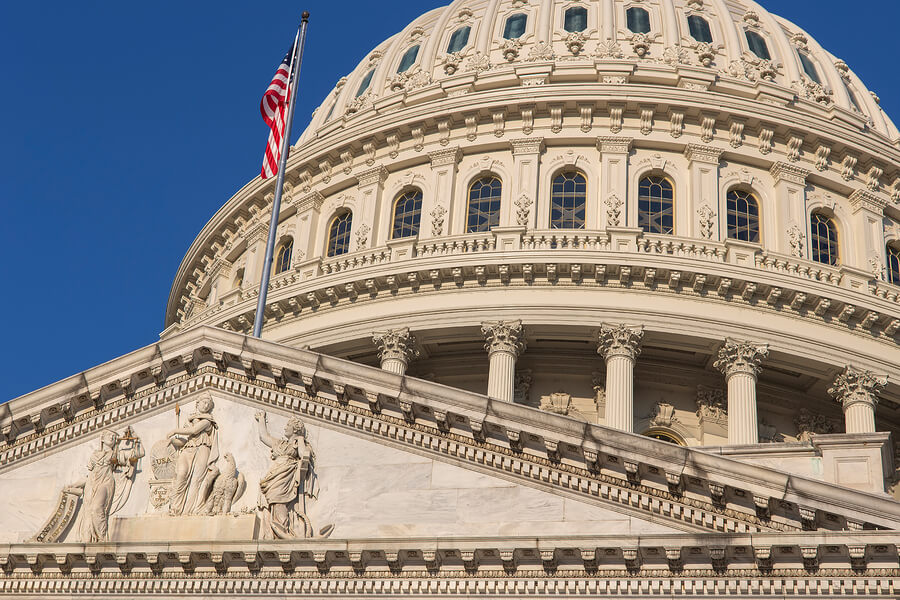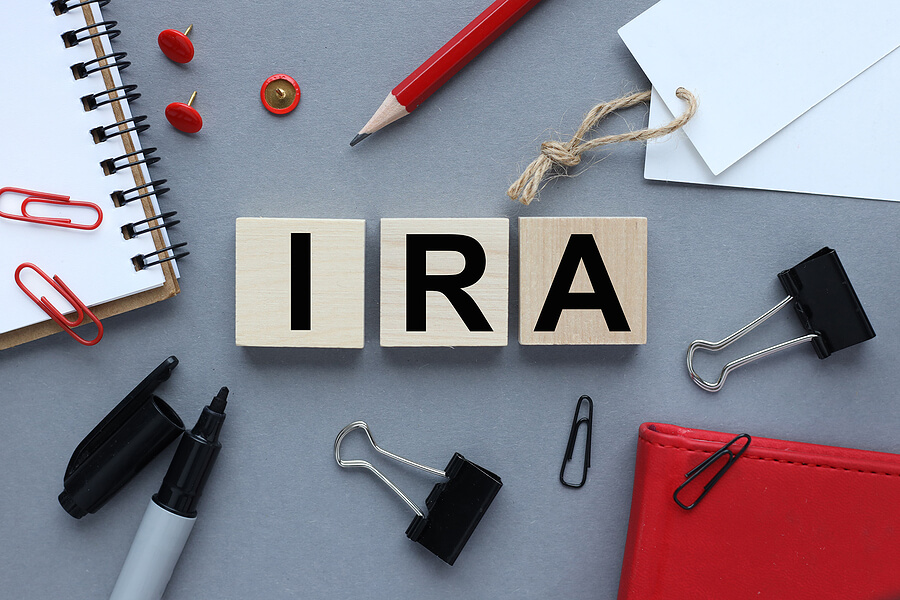The other day, we sent out information about the SECURE Act and your estate plan. Now the law is on the verge of changing again.
The Securing a Strong Retirement Act (H.R. 2954), known as the SECURE Act 2.0, was approved in the House on March 29 with the most bipartisan approval in recent memory – 415-5. Now it’s headed to the Senate.
A significant change is the age when Required Minimum Distributions (“RMDs”) commences. This may seem odd since Congress is usually looking for tax revenue generated by RMDs. The legislative report says raising the age for RMDs recognizes the increased life expectancies in America. Starting in 2022, you must take distributions beginning at age 73, 74 in 2029, and 75 in 2023. Before the first SECURE Act, the age was 70 ½.
The intent of the SECURE Acts is to increase the ability of Americans to save for a secure retirement. Those are the bold strokes. Expanding coverage, increasing retirement savings, simplifying the retirement system (which is maddeningly complex), protecting Americans and their retirements. Does it accomplish this?
It depends on your situation.
One provision requires employers to automatically enroll eligible workers in 401(k) plans at 3% of salary, which increases to 10%. The employees may opt out, but studies show the chances of an employee saving for retirement as an automatic opt-in is higher than if they have their own savings plan.
Government studies show that only about half of all private-sector workers participate in the retirement plans at work.
Younger workers with higher wages will benefit; the average worker struggling to pay bills will not likely see this as an advantage.
Another advantage for young workers is electing all or some of their employee matches into a Roth 401(k).
For small business owners and nonprofits, provisions in the bill contain inducements to help them with the start-up costs of offering new plans. Another provides tax credits for matching worker contributions.
For part-time employees, a way of life for so many Americans today, access to a retirement savings plan from their employer would be required after two years of service instead of the three-year requirement.
An increase for older workers near retirement allows people ages 62-64 to make catch-up contributions of $10,000 annually. The current limit is $6,500.
The bill includes four revenue-raising provisions to offset costs over the next decade, most of which would take effect in 2023. The biggest offsets would mandate any employee catch-up contributions for employees over age 50 who contribute to Roth-style accounts. Employees may put employer matching contributions into the Roth-style accounts instead of traditional tax-deferred retirement accounts.
Roth accounts are robust savings accounts for the future. They are funded with after-tax contributions, and then withdrawals are not taxable. More Roth-style accounts would mean more revenue in the near term for the federal government. Still, they would also mean less future revenue. The cost of these provisions may become burdensome over the life of the ten-year budget window.
Two bills are pending in the Senate with similar provisions. Will the SECURE Act 2.0 will make it through the Senate? Stay tuned.



